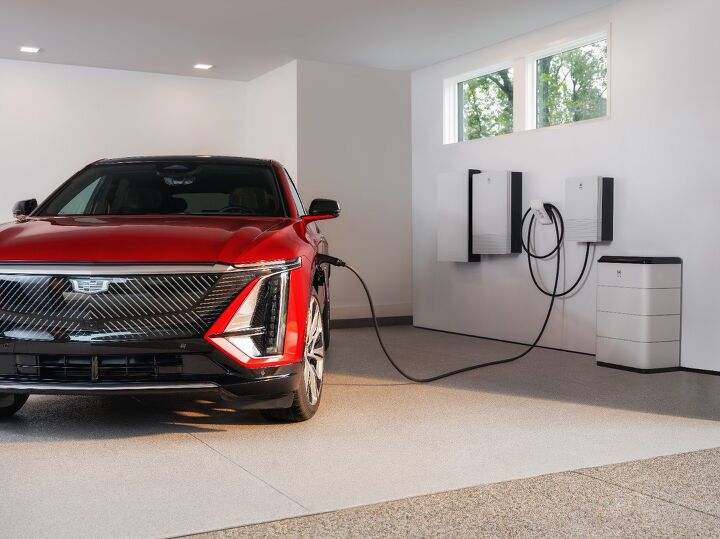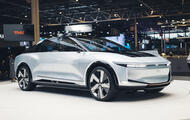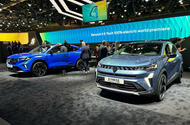General Motors remains committed to electrification and has recently made a couple of announcements to that effect. The automaker is launching a stationary home energy storage solution called the “GM Energy PowerBank” and has likewise noted it will be abandoning the Ultium name for its battery related technologies. However, CEO Mary Barra confirmed that the company remained committed to all-electric vehicles and is even building a new battery-cell development center in Warren, Michigan.
The energy storage device is effectively GM’s version of the Tesla Powerwall. While neither automaker has the market cornered on such technologies — there are loads of companies offering ways to store electricity and charge vehicles at home — they do offer units that can interface with a manufacturer-branded app.
General Motors’ Energy PowerBank are sized as either 10.6 kWh or 17.7 kWh units and are capable of storing electricity from the grid. Owners can likewise integrate the system with solar panels or use them to transfer energy into their electric vehicles. As concepts go, these are hard to knock. Literally everyone would like to have some extra electricity on hand whenever there’s a power outage.
Devices can be chained together, with the manufacturer explaining that two of the 17.7 kWh PowerBanks could theoretically keep the average American home running as normal for about 20 hours. Obviously, rationing electricity in an emergency could expand that timeframe.
“One of the core differentiators of GM Energy’s portfolio is its modularity,” stated Wade Sheffer, vice president of GM Energy. “The flexibility of our energy management tools, combined with one of the market’s largest lineups of vehicle-to-home-capable EVs, gives our customers more control over their energy use, helping to mitigate the impact of power outages, integrating renewable energy options and unlocking additional values.”
The GM Energy PowerBank is available for purchase as part of the GM Energy Home System bundle, which also includes a GM Energy PowerShift charger and GM Energy Vehicle-to-Home Enablement kit. However, customers that already own the above can simply add the new PowerBank.
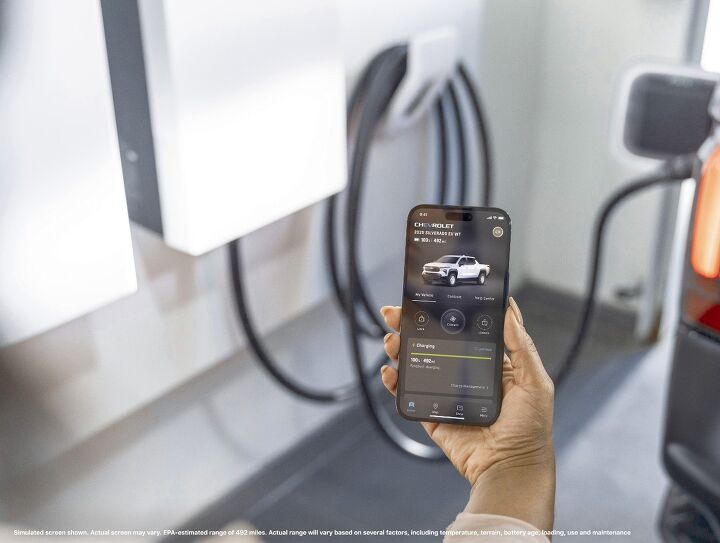
Interested parties can visit the GM Energy website. While the final cost will hinge on how the installation fee shakes down and any local incentives provided by the government, the comprehensive GM Energy Home bundle costs roughly $12,000 by itself.
As for the batteries themselves, General Motors has opted to abandon using the Ultium moniker for all its electrified products. But this doesn’t mean that the company is pivoting away from all-electric vehicles. During this week’s investor day, CEO Mary Barra even stated that she believes that EV losses will peak in 2024 and that electrification should soon become profitable. Marked improvements are expected for 2025. But the company stopped short of saying next year would represent a net profit for the EV side of the business.
General Motors stated that it was on track to build 200,000 electric vehicles by the end of the year and anticipates higher volumes in the coming years. The new battery facility in Michigan is said to help with that. It’s supposed to become a functional part of General Motors Global Technical Center by 2027 — not only developing batteries, but also producing them.
The company appears to be sticking with EVs, even though numerous automakers seem to be pumping the brakes on electrification for a handful of reasons. Consumer demand has not been as strong as the industry had hoped and there has been mounting pressure against automakers using Chinese batteries. The issue is actually reaching a point where lawmakers are now attempting to block the practice.
It’s long been theorized that China actually has the most to gain via global electrification efforts because it’s the world’s largest purveyor of batteries by far. Ford has recently taken heat for using Chinese-supplier CATL and General Motors appears to be doing the same, throwing up a clever defense by noting that the batteries will technically be produced in the United States by the Japanese-owned TDK.
Meanwhile, Donald Trump has promised to deregulate the automotive market to a point that would increase the variety of vehicles available and decrease the average price of new automobiles should he win the 2024 presidential election. His argument is that government regulations are effectively forcing Americans into expensive vehicles that aren’t as good as their predecessors. Some automakers appear to be waiting to see how that plays out before they invest even more money into developing more all-electric vehicles or exceptionally small (see: emissions compliant) combustion-driven products.
By contrast, Kamala Harris hasn’t said much on the issue while campaigning. But she is broadly assumed to keep the Biden-Harris playbook that hopes to encourage U.S. electrification efforts by further subsidizing the relevant industries and enforcing strict emissions standards that effectively require the industry to pivot toward EVs and ever-shrinking combustion engines.
GM doesn’t seem overly concerned with either outcome. It can continue producing EVs following a Trump victory and seems well positioned to handle any pro-EV requirements under a Harris presidency. The only real obstacle is the congressional bill designed to reduce government subsidies for automakers using Chinese batteries. As of the time of this writing, the bill has passed the House and is being opposed by the Alliance for Automotive Innovation (which includes GM) on the grounds that such a move would make U.S. automakers less competitive.
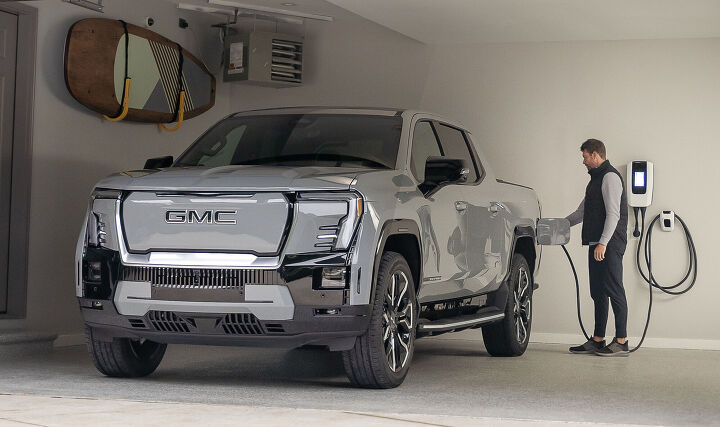
[Images: General Motors]
Become a TTAC insider. Get the latest news, features, TTAC takes, and everything else that gets to the truth about cars first by subscribing to our newsletter.
Source: The Truth About Cars
